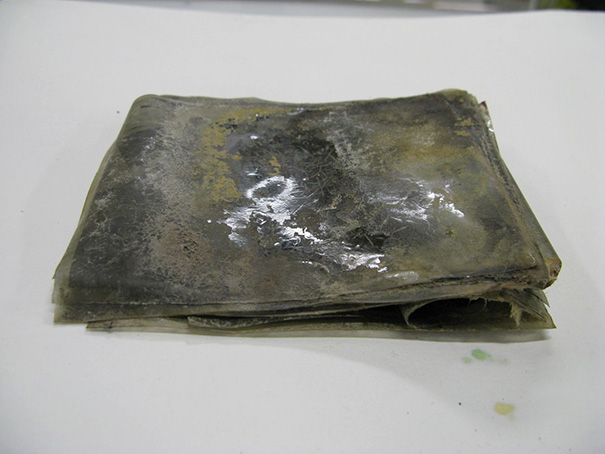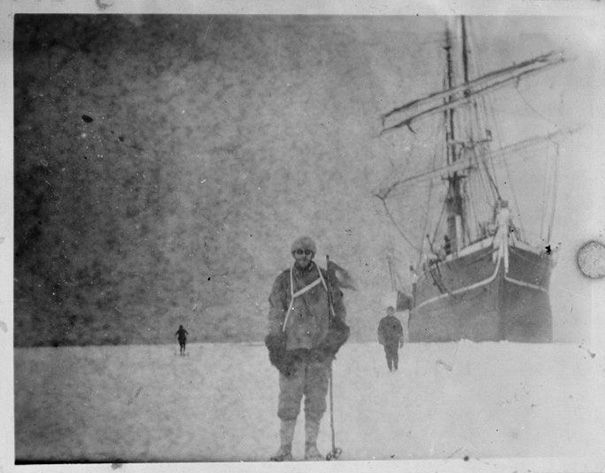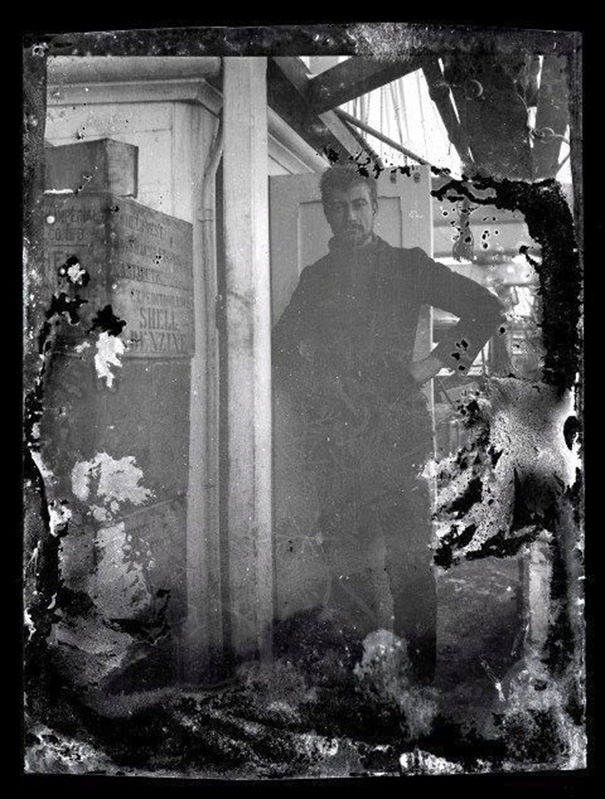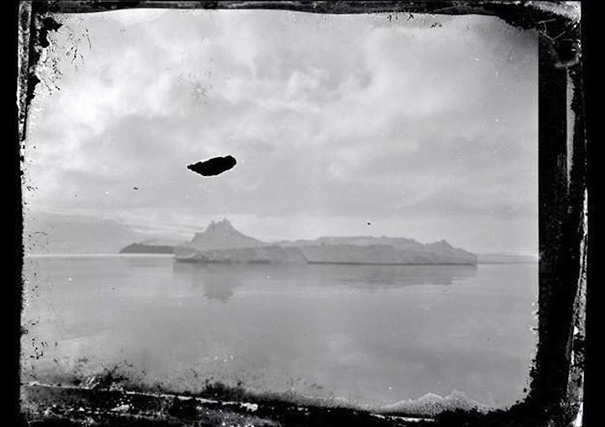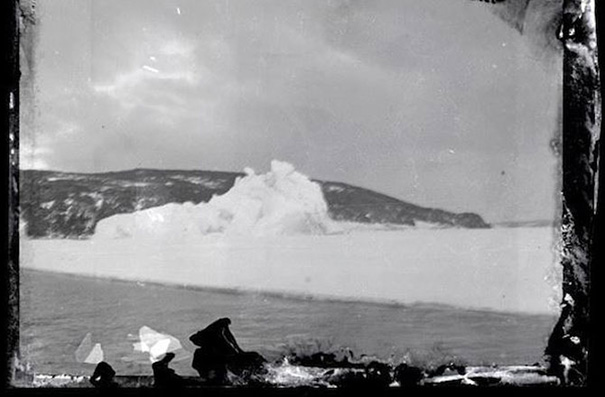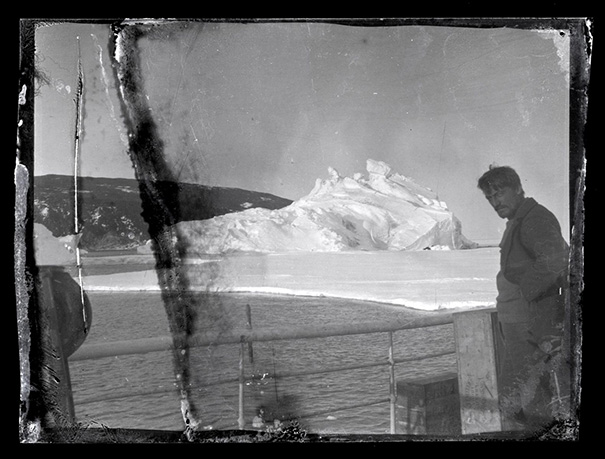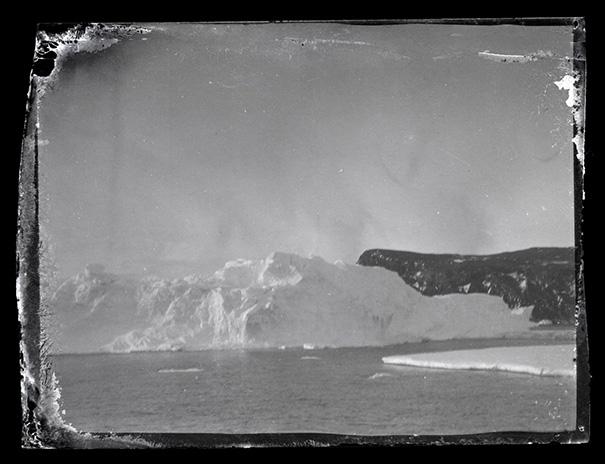100-Year-Old Photo Negatives Found in Antarctica
Conservators of the New Zealand Antarctic Heritage Trust discovered a box containing 100-Year-Old Photo Negatives while exploring huts in Antarctica. The box contained 22 never before seen ellulose nitrate negatives documenting some Antarctica explorers 100 years ago.
Luckily the box was preserved in a block of ice, these historical photos showcase life on Antarctica with the heroic men who explored the rough landscape. At the turn of the twentieth century Antarctica was the focus of one of the last great races of exploration and discovery. The heroic era of Antarctic exploration (1895 – 1917) gave us Sir Ernest Shackleton and Captain Robert Falcon Scott, names now synonymous with Antarctic adventure and the values of discovery, adventure and endurance.
Four expedition parties built bases in the Ross Sea Region of Antarctica. The bases still stand in Antarctica today and are cared for, on behalf of the international community, by the Antarctic Heritage Trust.
The Trust, based in New Zealand, is engaged in a long-term cold conservation project to protect the explorers' legacy; the bases and the artefacts they left behind, for current and future generations.
See all of the images and read more about the discovery Antarctica Heritage Trust.
Alexander Stevens on the Aurora.
Big Razorback Island, McMurdo Sound. It was most likely taken from the deck of the Aurora in January 1915.
This photo was taken from the deck of the Aurora looking South to Hut Point Peninsula.
Alexander Stevens on Aurora deck, chief scientist and geologist.
Iceberg and land, Ross Island.
